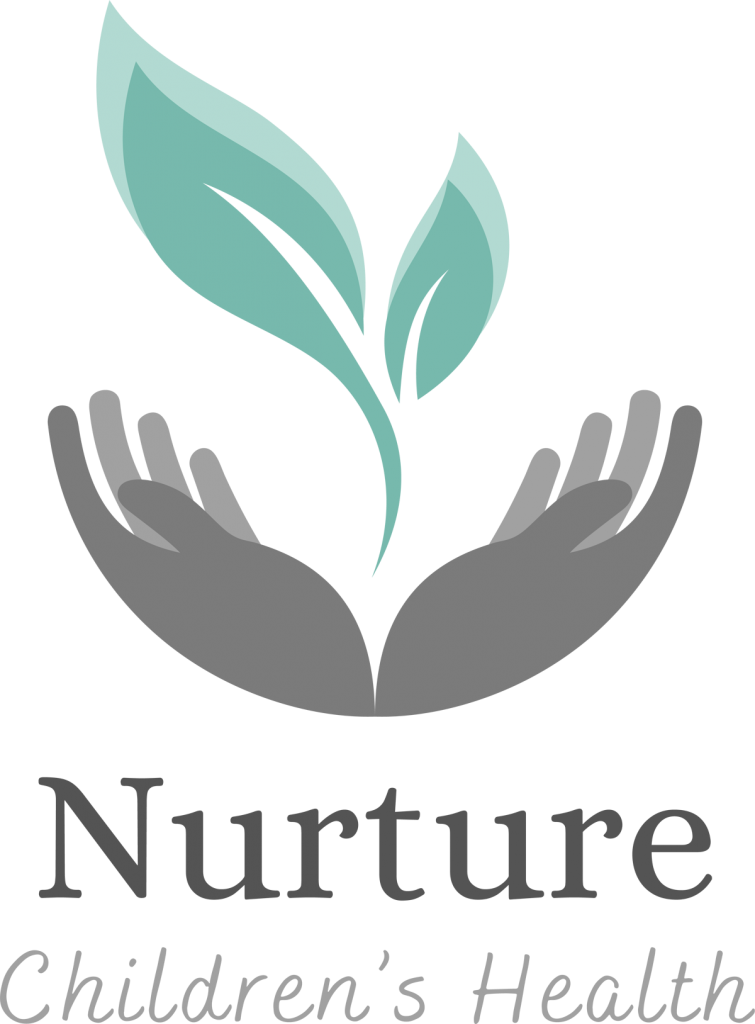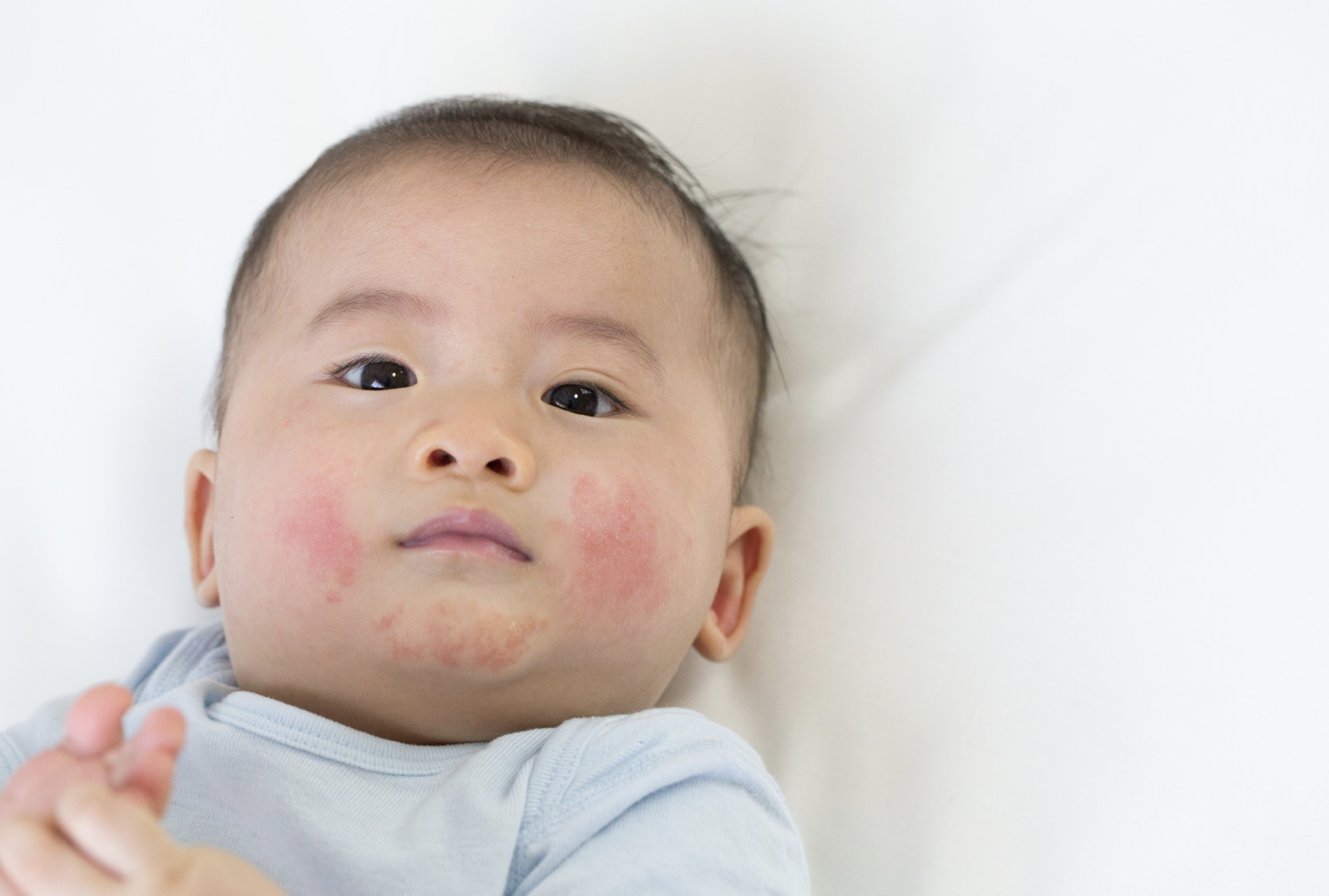We help families overcome persistent eczema
We understand how stressful it is when your little one is struggling with itchy, painful skin. Our naturopaths for eczema will treat your child’s root cause of eczema to stop their uncomfortable symptoms for good.

Eczema causes discomfort for kids of all ages
Eczema affects kids of all ages and stages – the youngest bub our naturopaths for eczema have ever treated was just two weeks old.
Eczema is an incredibly common skin condition – but even though it’s common, it can be hard to find answers and effective treatments.
Eczema causes more than just itchy skin; it can interfere with sleep, and cause wake-ups, stress and discomfort – and we know how upsetting that is to see as a parent.
We’re here to support families through the eczema journey, and we make the time to listen, learn, and pursue the root cause of your child’s condition.
Why it’s best to see a naturopath for eczema treatment
If you’ve found yourself seeking a naturopath for eczema treatment, you probably know that conventional creams aren’t fixing your little one’s skin issues.
While these creams can quickly relieve itchiness and reduce inflammation with steroids and antihistamines, they don’t address the underlying cause of eczema-prone skin. That’s because eczema is usually a symptom of another issue that medicated creams just won’t solve.

Get your FREE Diet and Symptom Diary
Download a symptom and diet diary to investigate whether certain foods are causing any issues. You can discuss the results with a healthcare professional to identify potential triggers
Track the Symptoms

There are two main eczema causes in kids
Our experienced naturopaths for eczema treatment have found that the condition typically stems from either undiagnosed allergies and intolerances or deficiencies in vital nutrients. Both of these things are common in young children, and we often don’t find out about them until we investigate persistent symptoms (so please don’t be alarmed!).
Our experienced team of naturopaths are committed to uncovering your child’s unique cause of eczema – and they’ll develop an easy-to-follow eczema management plan to relieve discomfort while deeper healing takes place.
Booked an appointment? Here’s what you can do in the meantime
Soothe your child’s skin
While we figure out your child’s cause of eczema, it’s important to keep them comfortable and minimise any scratching. From avoiding hot showers to applying topical solutions, our quick tips for soothing eczema-prone skin will help you manage itchy and painful skin without having to rely on steroid and antihistamine creams.
Track your child’s symptoms
Our naturopaths for eczema have developed a free symptom and diet diary to help figure out if some foods are causing issues. You can discuss the results at your appointment to help us identify your child’s potential triggers so we can get to the root cause of eczema even faster.

Free Consultation
Book Your Free Discovery Call
If you’re unsure if a naturopath is a good fit for your family, book in a 15min chat.
Book your free discovery call




